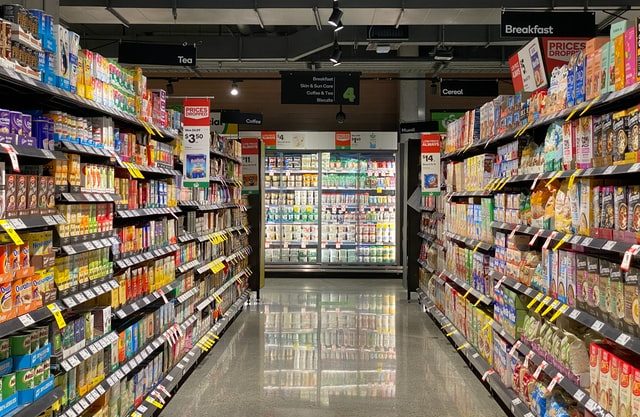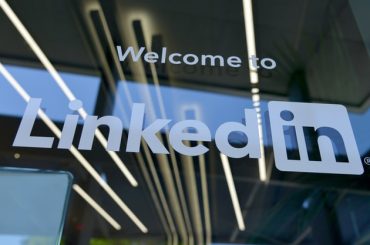Changes in society are making long-beloved brands weaker than before; this has implications for the valuation multiples of consumer companies.
In a time not long ago, when we had not yet surrendered to the charms of OTT shows when channel surfing was a thing, occasionally we would stumble onto National Geographic or Discovery capturing life in the wild. The onscreen material could be riveting, with long stretches of inactivity bursting into a sudden chase and kill. Reflecting on these shows, one attribute of life in the wild becomes apparent.
The caution with which every animal, prey, and predator approaches life. One mistake is all it takes for life to end, and animals seem perpetually on edge. Every stimulus is scanned for danger. This behavior is spread across the food chain, from the lowly deer to the mighty tiger.
I remember reading an account by Jim Corbett of a tiger who mistakenly attacked a porcupine. A quill from the prey hurt the tiger’s paw. Losing its ability to hunt in the wild, the animal became a man-eater, and the inevitable bullet came searching for it.
Trust the Familiar
As humans, we may not walk around anticipating a predator at every corner or be startled by every sound. But there is no reason to believe that the caution, which is part of the nature of all our animal peers, is not present in us. It is possibly lessened when we are in familiar surroundings like our home or office, but in unfamiliar or lonely surroundings, this gets accentuated.
This evolutionary caution, hardwired into us, has benefited many companies in consumer staples. When we first encounter a category, we rely on physical availability, mental availability, and any peripheral associations from the past to choose what brand to buy.
Once we have built familiarity with a brand in a category and if prior experience has not been poor, we do not want to engage our thinking minds. We revert in default to the few earlier choices that worked for us.
This laziness on our part has driven the superior return on capital of many businesses. Once the habit has been formed, it is easy to milk us for a premium. We will broadly know the price per kilo for sugar. But how many of us can say the same of Cadbury chocolates?
We might know the price per kilo of wheat and cooking oil. How many of us can say the same for Britannia biscuits?
To recap a central idea from Daniel Kahneman, we have two cognitive systems. The quick, active, and instinctive System 1 and the slow, lazy, and deliberative System 2. System 1 is our default mode, and most choices we make are driven by it. This dynamic becomes very powerful in habit-forming purchases of consumer staples. We might engage System 2 and perform a cost-benefit analysis when buying a new car or mobile phone. But for a toothpaste that we must buy once a month, deliberative thought is undoubtedly a waste?
Thus, strong brands, healthy free cash flows, and premium multiples are built on caution and’ distrust of the new’. For some great companies, this has played out for more than a hundred years. For sure, other factors make consumer staple businesses powerful; fragmented consumers, asymmetry in information, and low asset intensity all contribute to the strength of the business model. However, our unconscious acceptance of the familiar is a core element.
A New Stimulus Every Second
Of late, some winds of change seem to be weakening that edifice. Like in many things, social media is the culprit. Over the last decade, the way we behave has changed in many minor but powerful ways. It is as if a moment of quiet is a circle of torment.
We are losing the ability to sit still in one place without having something, mostly on our mobile, to occupy us. How many people have liked my Facebook post? Are there any funny forwards on the WhatsApp group? Has the favorite celebrity on Instagram posted something new? Perhaps one game on the Poker or Tennis app?
As the buddy cops on our favorite show walk into the scene of the murder, as they survey the house for clues, we hit the “ten-second-forward” button that all platforms helpfully provide. Come on, get on with it!
As a species in the online world, we are diverging from our natural leanings. We are walking away from caution and becoming a species searching for the next digital dopamine hit. That raises an important question. If we do not want to stick to the familiar, if we want something new in every moment, where does that leave long-familiar brands?
Changes in Media and Distribution
Two parallel trends are helping the challengers on the battlefield.
- Firstly, the democratization of media means that you do not need millions of dollars to reach masses of people, many of whom may not be relevant. It is now possible to slice and dice and reach a narrower and more relevant consumer pool at much lower total costs.
- Secondly, online retail is eroding the distribution franchises that many firms created over decades.
The Honest Company, Beautycounter, Native, and Dollar Shave Club built revenues higher than US$100M within a few years of launch. In the world of branded personal products, competing against hallowed nobility, many niche brands are cutting through.
What has played out in the West is also starting to play out on our shores. This should be a source of hope for many budding entrepreneurs who, while wanting to target the Indian consumer, would have shied away from taking on the titans a decade ago. Even if capital flows less freely for D2C businesses as we advance and digital advertising becomes less cost-effective, some of this behavioral change is likely to sustain.
Incumbents in India
However, this raises questions for listed Consumer Staples businesses that have, for some time now, been richly valued. In an era where so much is changing, these firms stand out for their longevity and stability and provide investors with warm and fuzzy comfort.
In India, a long runway of volume growth is seen as a given and has resulted in high valuation multiples for most names. The leaders in India are trading at ~50X on FY23 consensus earnings, which continue to be much higher than their long-term trends even after a decline in the last twelve months.
While volume growth assumptions for many categories may still play out, incumbent brands may not do as well as they are expected to. If incumbents lose market share to many small and new competitors, the resultant impact on volume growth, especially in the premium segments, will add more questions to currently elevated prices. We already see a descent from the hallowed P/E heights that these businesses enjoyed. This could continue to play out and lead to sub-optimal returns for a long time.
Perhaps, as investors, we need to revert to some of our evolutionary caution.
About the author:
Vishnu Gopalakrishnan has been a Managing Director at Steinberg India Advisors since its inception in 2011. Steinberg India Advisors advises the Steinberg India Fund, a successful India-dedicated public market fund that manages assets for high-quality institutional investors from the US and Europe. The fund focuses on making long-term investments in the mid-cap space, supported by strong fundamental research. Prior to this stint, Vishnu worked with Premji Invest from 2006 to 2011 where he was the second investing professional.
Unlike most investment professionals in India, Vishnu did not get to start in an AC office. He started his career running sales operations at Coca-Cola India, looking up at the sky and giving dirty looks at rain clouds that threatened to hit soft drink volumes. He also had successful stints in insights & strategy and brand management. This experience gave him an immersive insight into operating realities in India and a deep understanding of the Indian consumer. He also, once, stood around with an air of self-importance as The Megastar Chiranjeevi drank Thums Up and smashed up assorted baddies.
Vishnu completed his MBA from IIMA in 2002 and is also a CFA Charter Holder.
















